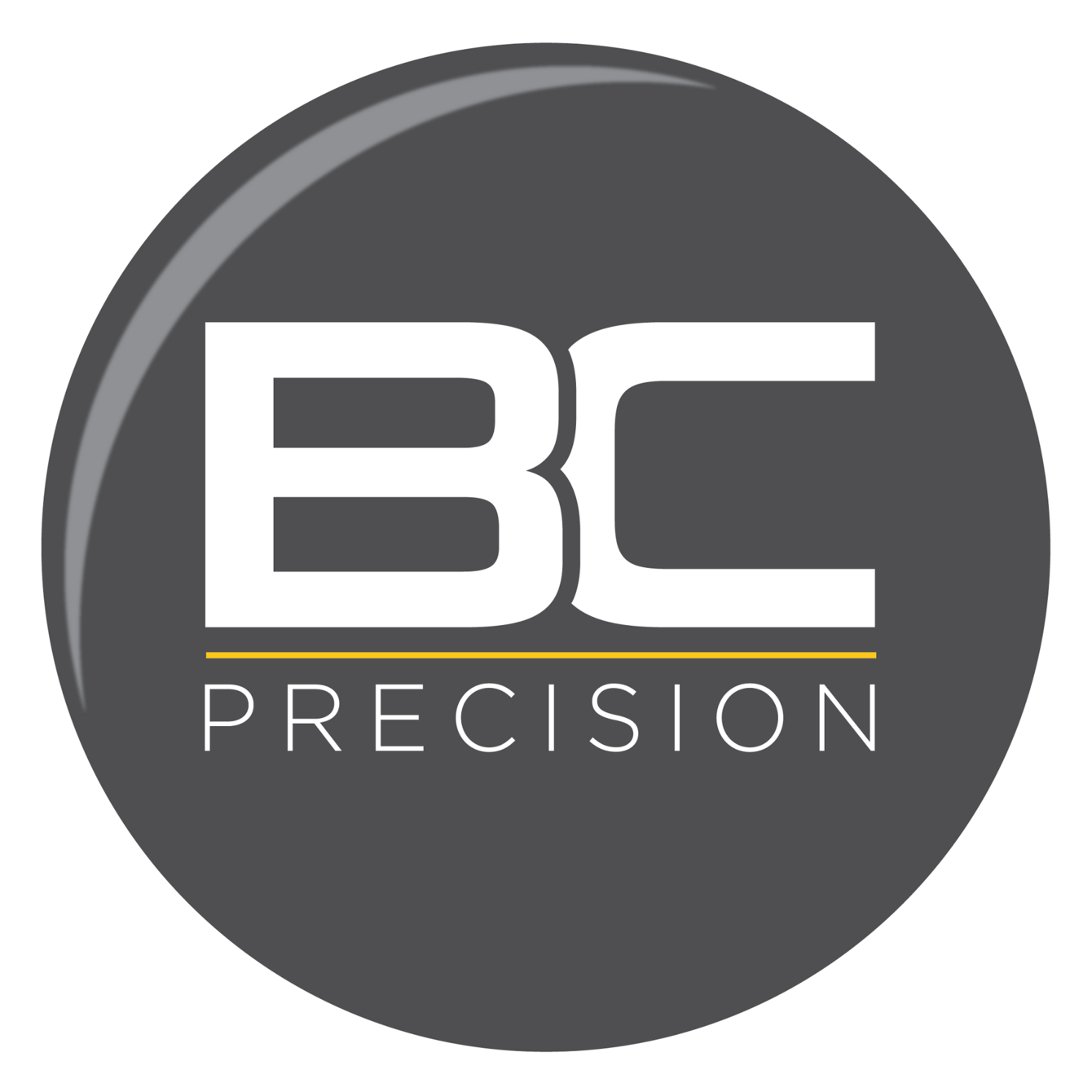Precision Balls: A Step-by-Step Guide to Pro Measurement
How to Properly Measure a Precision Ball
Precision balls, also known as precision spheres or precision ball bearings, are specially manufactured balls designed to have an exact diameter and spherical geometry. They are typically made from materials like steel, ceramic, ruby, silicon nitride, or tungsten carbide. Precision balls have applications in fields like aerospace, automotive, medical devices, and industrial machinery where tight tolerances and precision are critical.
When working with precision balls, proper measurement and verification of their dimensions is essential. Here are some tips on the right way to measure precision balls:
Equipment Needed
- Caliper (digital or dial) capable of resolving 0.01 mm or better
- Micrometer with flat, parallel anvils
- Gage blocks to calibrate measurement tools
- Clean, lint-free gloves to handle balls
Preparation
- Carefully clean the precision ball with solvents like acetone or isopropyl alcohol to remove any oils, dust or debris.
- Wear gloves while handling the ball to prevent transfer of skin oils.
- Calibrate measuring tools like calipers and micrometers using gage blocks. Verify they are measuring accurately.
Measurement Technique
- Use a caliper to get an initial overall diameter measurement. Take at least 3 measurements rotating the ball and average the results.
- For more precision, use an outside micrometer with flat, parallel anvils. Take multiple measurements around the ball and average.
- Ensure the ball is placed between the anvils and resting flat. Do not overtighten.
- Read the micrometer dial carefully and record the measurement to the appropriate decimal place.
- Compare the measurements to the ball's specifications to verify dimensional accuracy.
- For spherical geometry, specialized equipment can map the ball's roundness precisely.
Proper handling, preparation and technique are crucial for accurate precision ball measurements. Care should be taken to control temperature, cleanliness and tool calibration. Following these best practices will ensure your measurements reflect the precision ball's true dimensions.
